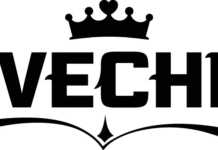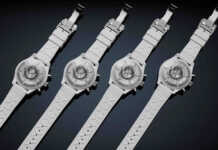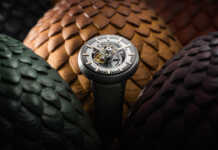
“It is more common than you think. I’m starting to see it on a daily basis,” Arasheben, who has created custom bling for the likes of Drake, Jennifer Lopez, and Rihanna, told Page Six Style. “Celebrities are unknowingly purchasing extravagant diamond pieces filled with nothing but synthetic stones.”
So why does this keep happening? “Wannabe ‘celeb jewellers’ are doing whatever it takes to add a celebrity to their client list,” he explained. “Oftentimes they have to offer ridiculously low prices to get their attention, and in doing so are cutting their cost by setting synthetic diamonds on the pieces instead of natural diamonds. I’ve confronted a few jewellers, and almost always the answer is, ‘Well for the price they paid, they should’ve known I had to use synthetic diamonds.’ People are being misled and cheated, and it isn’t right.”
The biggest difference between natural and lab-grown gems, Arasheben explained, is their origin. “Natural diamonds are one of a kind and take millions of years to form hundreds of miles below the earth’s surface, while lab-grown diamonds are mass-produced in a few weeks using a chemical reactor,” he said.
To the naked eye, it’s impossible to tell the difference between a lab-grown stone and a natural one, but Arasheben said that screening equipment can easily distinguish between the two. And while it’s true that synthetic diamonds may retail for less than their natural counterparts, the Hollywood jeweller cautioned that buyers are getting what they paid for — if not less.
“Lab-grown diamonds cost only a few hundred dollars per carat to produce and hold no real resale value. Natural diamonds, on the other hand, have shown to increase in value because they are becoming increasingly rare,” he explained.
“Customers are being misled into believing that there is a level of authenticity, or social morality, built into the purchase of a synthetic diamond, and that is not true.”
It’s not just Arasheben who takes issue with how synthetic diamonds are being sold to customers. In April, the Federal Trade Commission began an investigation into accusations that the Leonardo DiCaprio-backed company Diamond Foundry was using intentionally misleading language to advertise its products online, leading customers to believe that the diamonds they’re buying are real rather than lab-grown.
A Diamond Foundry representative, however, clarified that “The FTC reviewed its inquiry and found no false advertising by the company. The FTC’s concern was language being used not in any of our own marketing but in advertising done by an independent third party whose marketing we have no control over. That third party has adjusted its marketing based on our request.”
They continued, “At Diamond Foundry, we take great pride in producing created diamonds aboveground and we have always been transparent about the origin of our diamonds in our marketing. That’s in part why consumers choose Diamond Foundry over mined diamonds.”
Source: Pagesix style















